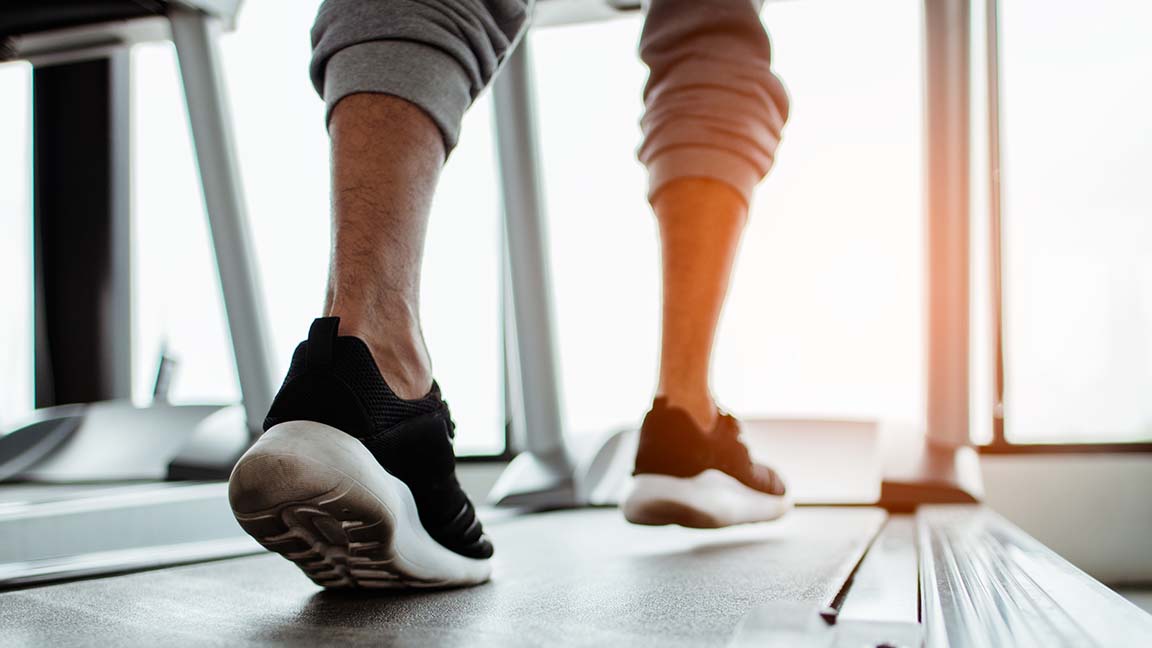Guest author Kristin Dorio is a senior physical therapist at Tidelands Health Rehabilitation Services at Murrells Inlet. She has used her skills and expertise to help people recover from injury and illness for 20 years.
If you are experiencing pain or difficulty doing something you enjoy, physical therapy can be a great way to get help. The first step is to discuss your condition with your physician or other qualified medical provider to help determine if you are a good candidate.
If so, consider these tips to get the most out of your experience:
1. Be prepared
Be prepared. If you want to make the most out of your first appointment, make sure to arrive early with all necessary paperwork, including your referral form and insurance information. That way, you can breeze through administrative requirements, the therapist can get started promptly and maximize time working with you.
2. Know your stuff
It’s helpful if you have your medical history, a list of medications you’re taking and imaging reports, such as X-rays or MRI results, with you at your first visit. The information can help your therapist evaluate which treatments are right for you (or not). While imaging is not always available or necessary, results can provide therapist with a clearer picture of your condition.
3. Dress for comfort
Be sure to wear comfortable clothes that allow you to move around easily. Depending on your physical capabilities and condition, your first visit can include an evaluation of your joint mobility, strength, flexibility, tender areas, balance, coordination, neurological response and your ability to walk, run, jump or hop.
4. Pay attention to your pain
Your therapist will typically ask key questions about your injury to best plan for your treatment. Be prepared to answer the following questions:
- When did the pain start, and what caused it?
- What aggravates your pain, and what alleviates it?
- Are there better positions for you or positions you avoid?
- Is your pain worse at certain times of the day or is it specific to a certain activity?
- Are there certain activities that you have been avoiding because of the pain?
The more details you share with your therapist, the better your therapist can customize therapy for you.
5. Ask questions
Be prepared with questions to ask your therapist about your injury and plan for your treatment. Discuss any barriers you may have, including other injuries. If you don’t understand something, don’t hesitate to ask. It’s important for you and your therapist to be aligned behind your treatment plan.
6. Keep an open mind
After your therapist performs an examination, he or she may conclude the source of your pain is different from what you may have expected. It’s not uncommon for the cause of pain to stem from a different area than where you may feel it. For example, an ankle condition can be the root cause of pain in the knee. Your therapist may also have you try new exercises or new treatment approaches; be open to new things to help speed your recovery.
7. Do the work
Attendance at your appointments is key to making gains with physical therapy, but spending time with your therapist is only part of the process. Take ownership of your recovery and make sure to complete assigned homework and exercises.
8. Learn about your injury
Take the opportunity to ask your physical therapist about your injury, why it happened and how you can prevent re-injury. If you have a chronic condition, ask your therapist find ways to help you manage your pain. Work with your therapist to set goals that will allow you to regain control over your body and overcome limitations so that you can return to the activities you enjoy.




